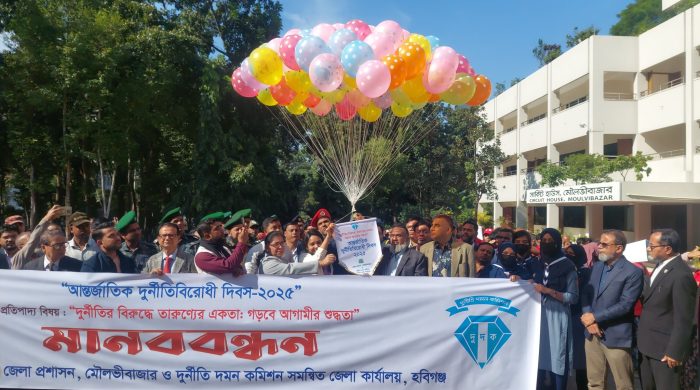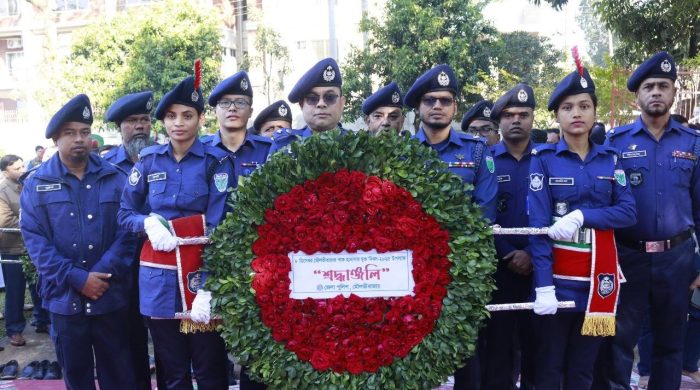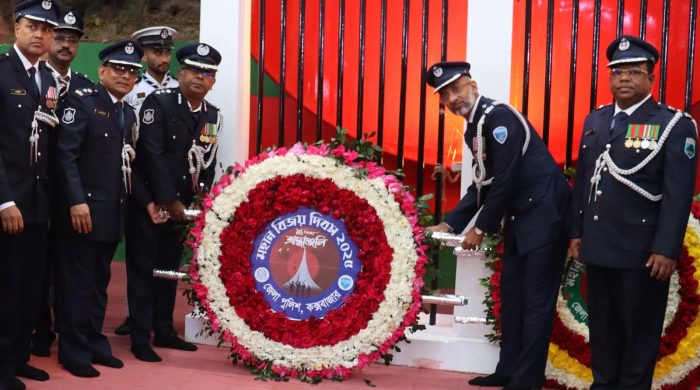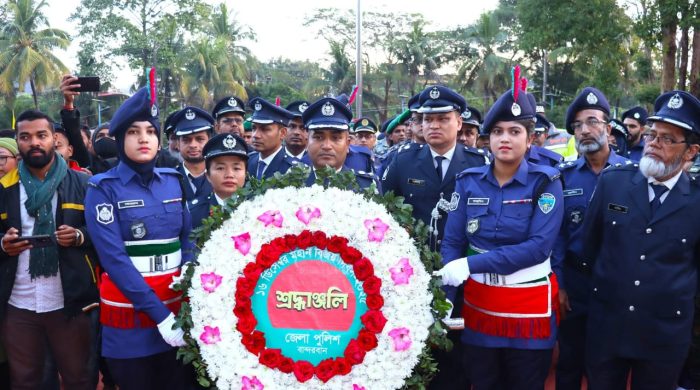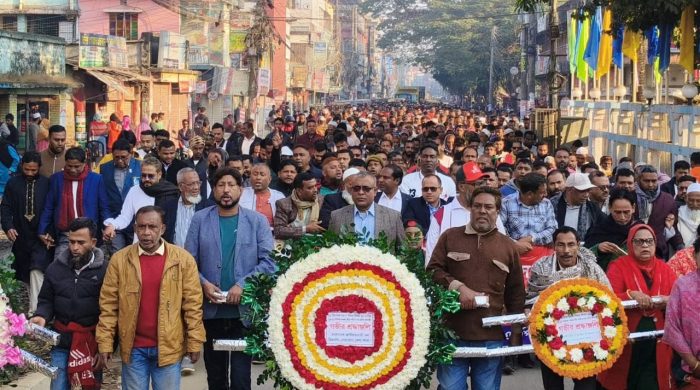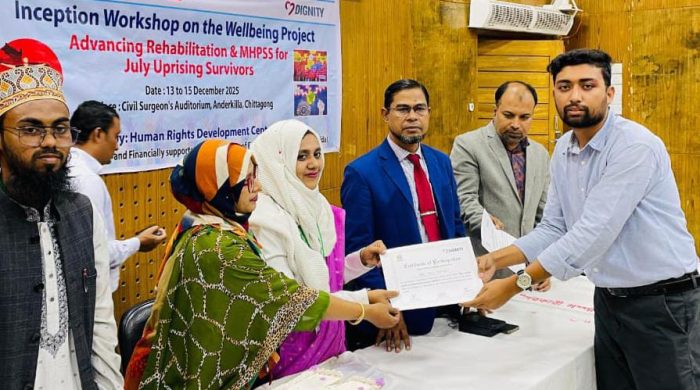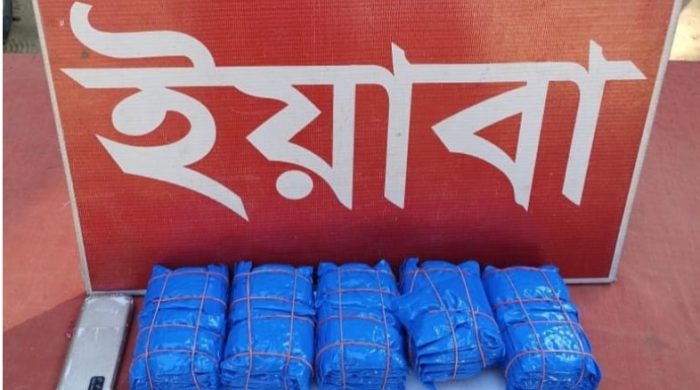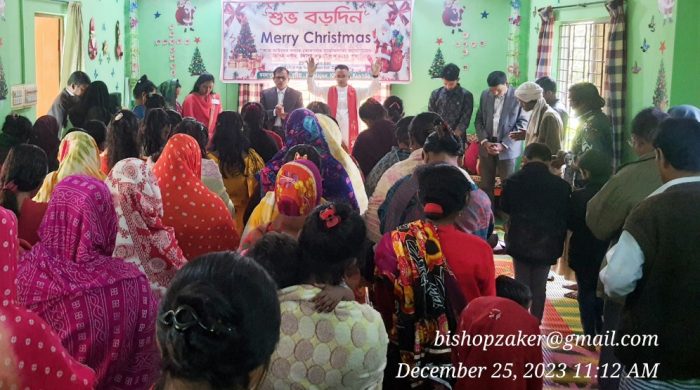Tanguar Haor is facing destruction today

Tanguar Haor covers a large area of Tahirpur and Dharmapasha upazilas of Sunamganj Haor is the largest migratory bird and fish sanctuary in Bangladesh During the monsoon season, the whole of Tanguar Haor is submerged. When winter comes, the water starts to decrease In the dead of winter, the water of the haor sinks to the bottom Then a large part of the haor dries up The extent of Tanguar Haor is with ten mouzas of Dharmapasha and Tahirpur This haor with 120 small and big bills The whole area of Tanguar Haor, including 88 villages of the two upazilas, is about 100 sq km in area, of which 280,236 hectares are wetlands. There are more than 150 species of freshwater fish in Tanguar Haor Notable among these are Rui, Chital, Kali Baush, Katal, Ayr, Boal, Gang Magur, Baim, Tara Baim, Gulsha, Gutum, Tengra, Titna, Gajar, Goria, Beti, Kakia etc. The taste of Rui and Kal Baush fish of Tanguar Haor is incomparable Tanguer Haor is home to about 208 species of birds, 150 species of aquatic plants, 34 species of reptiles and 11 species of amphibians. Every year in winter alone, more than 200 species of migratory birds from different wintering countries of the world choose this haor as a safe haven. Everyone needs to know that the people of 88 villages of Tanguar Haor lived together with fish, trees and birds. Tanguar Haor was surrounded by their life and livelihood. They were acquainted with the laws of nature. Rows and rows of karach trees are planted under their supervision. Migratory birds were safe in their shelter. In 1999, the government declared Tanguar Haor an ‘Environmentally Critical Area’. After that, the long 60-year lease in Haor came to an end. On January 20, 2000, Tanguar Haor was declared a Ramsar site. In addition to government management, “the International Union for Conservation of Nature” (IUCN), an international organization, began work on a community-based sustainable management project in Tanguar Haor in 2006. In 2002, fish production was 10 crore taka. In 2003, Jalmahal had piles. In 2004, fish production was 48 crore taka. In 2004, the fish production was 8000 MT. In 2012, during the IUCN period, fish production was 1675,374 Taka No fish was caught in Jalmahal in 2013. In 2014, IUCN produced fish worth Tk. 33,56,203. In 2002, 60,000 Hijl Karach trees were planted. In 2003, Hijl Karach was planted at 80,000. The construction of fish habitat with katha bamboo is a very important issue in the open water area. 100 million carp fry were released through bill nursing In IUCN 2014, 4759 bushes were installed and 572 hijl pulses were billed as katha. 62504 pona bills were released According to the people of Tanguar Haor, the fish-bird-forest is now in full swing. According to the people of Tanguar, the central committee has been formed by organizing some clever, wicked and dishonest people in the area through NGOs. Under the overall supervision of those who are currently killing fish and birds indiscriminate festival. Another aspect of development comes to everyone’s notice. Children on the banks of the Haor sell tea, biscuits, and cigarettes to tourists. Those who are old enough to go to school now. The people of Tanguar, now known as the paradise of fish, now buy and eat fish from the ponds. Everything has been ney do not accept Ghosh directly for fear of employment. They have a lot of trusted agents in the haor.
The writer : A S M Fazlul Karim
Lecturer, Islamganj Degree College, Sunamganj.





